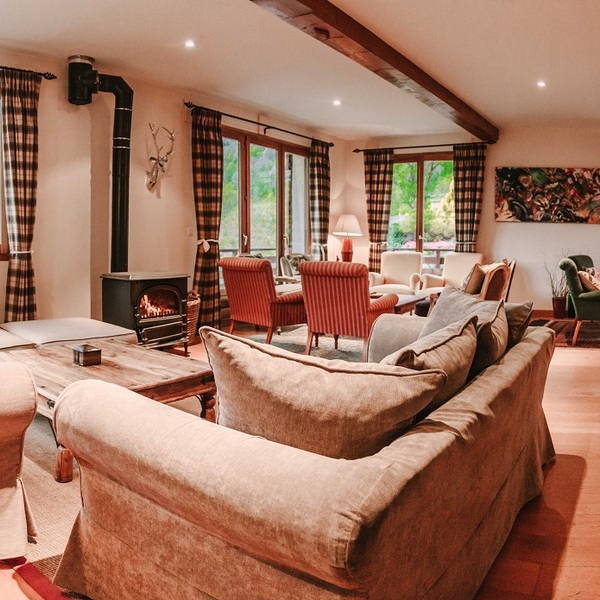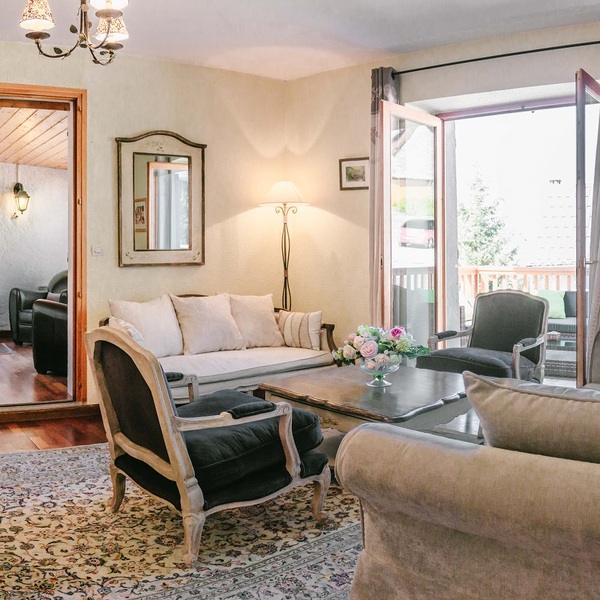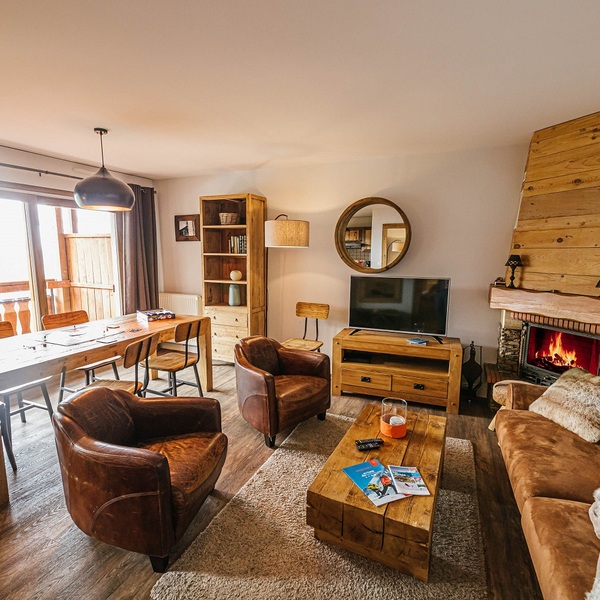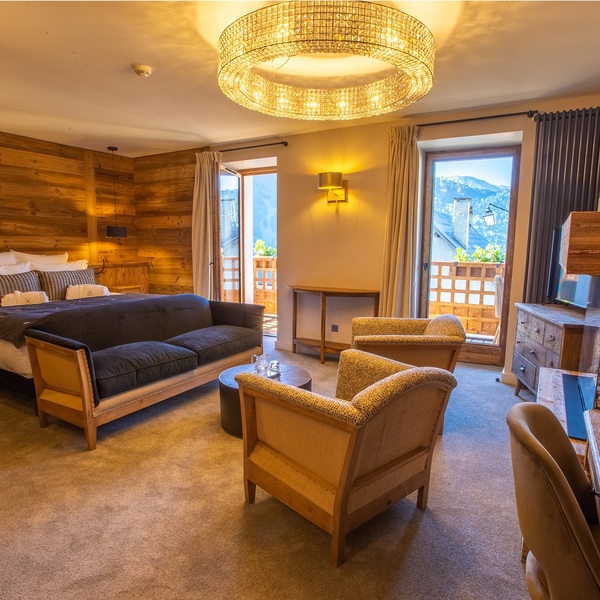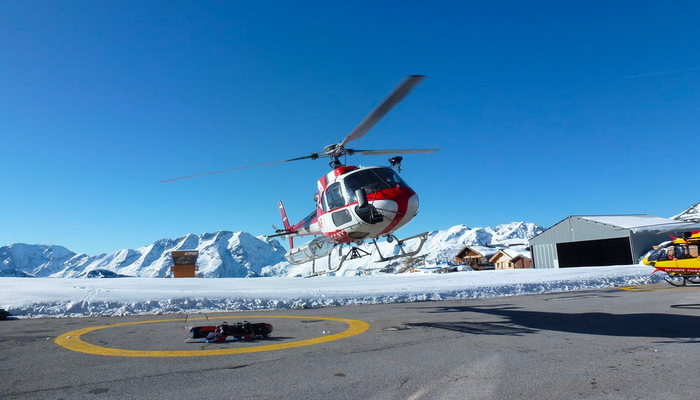Skiing and snowboarding are two of the greatest winter sports on the planet, and like anything else in this world the two sports have certain terms and jargon that can be confusing without a bit of definition.
Below you will find a number of terms/phrases used in the skiing and snowboarding bubble. We have provided a brief definition to help you understand them... Now commit them to memory, use them wisely and join your fellow shredders, jibbers and magic carpet riders!
All-Mountain Ski: These skis are designed to perform in all types of snow conditions and at most speeds. Also known as the One-ski Quiver.
Après-Ski: The day’s over – time for drinks. Think dancing on tables, listening to live music, if you are lucky you will be joined by a saxophone player; all whilst swapping war stories from the slopes. We welcome you to the Folie Douce!
Backcountry: Otherwise known as off piste – often the most memorable days spent skiing are in the backcountry - Away from the pisted motorways and floods of people. This is skiing and snowboarding at your own risk, thus the backcountry is a place for knowledgeable experts only.
Bail: This term is used when you majestically fall to the ground and take a tumble “She bailed on that rail.”
Balaclava: A facemask worn to cover exposed skin. A key extra whenever you are caught riding a lift in fierce, driving wind or snow. Or nowadays for the ‘park rat’ which we will investigate further on
Base: Not the fish or low heavy musical tones…. It is used to describe the underside of a ski or snowboard which can take a few scrapes along the way. Also used in reference to the main area at the bottom of a ski resort, or the overall depth of snow.
Base Layer: Not to be confused with base, the base layer is the layer of clothing worn underneath your shell and snowpants, and should be chosen based on how cold the day will be. A good set of thermal underwear often serves as an effective base layer.
Bomber: Slang term for a skier or snowboarder flying down a slope in an out of control fashion. Think your sporty friend who is good at everything and skiing in his first week, determined to be as good as you.
Brain Bucket: Slang term for a helmet.
Bros: Our fellow rippers and shredders (terminology given further down), basically mountain people who are just out for fun, rather than doing big hucks (stunts) for big bucks like some of the Pros.
Bumps: The term used by novices for anything and everything they encounter such as moguls plus what they have all over their body at the end of the week.
Carving: A series of clean turns using the edges of skis or a snowboard. Carving turns can vary from tight turns to giant “S” shaped swoops. If you are a piste skier, this is the art form you want to achieve… The holy grail.
Chatter: The vibration of skis or snowboards caused by traveling at high speeds. Excessive chatter reduces contact between the ski and the snow and the ability to stay in total control. Also used for when you gatecrash a mother meeting on the chair lift
Crust: Refers to a frozen layer either covering softer snow or buried under a fresh dusting of snow.
Death Cookies: Slang term for the cookie-sized chunks of ice formed by grooming and snowmaking; a plague at resorts when it is really cold.
Dump: Slang term for an epic snowfall of fresh powder; A t-shirt with the staple slogan, “I love big dumps” can be found in many ski tourist towns… We hear that!
Edge: The sharpened metal strip on the sides of skis and snowboards, used for gaining control by biting into the snow for smoother carving and cutting. Holding an edge is a key to a good turn.
First Tracks: Cutting through fresh snow before anyone else does, leaving behind your trail for all else to see. If achieved expect a smile from ear to ear but remember to quickly take a picture!
Freerider: One who prefers to ski steep off-piste, jab through the trees and ride powder bumps. He/she is the backcountry lover who has the best day out of everyone.
Freestyle: A style of skiing or snowboarding primarily focused on tricks. Expect twin tipped park skis and the notorious balaclava of the park rat
French Fries: American term for skiing with skis parallel to one another; the opposite of pizza. Why do they always relate things to food!?
Fun Box: A box found in Terrain Parks built to slide (see Jib) across on skis or snowboard. If done wrong you won’t want to call it a fun box ever again… the ‘pain box’ is more suited.
Gnar - A shortened version of the word gnarly, meaning high on the scale of dangerousness and coolness.” While that definition is certainly applicable to the game of G.N.A.R (this will be in the next Blog post) . it is actually an acronym that stands for Gaffney’s Numerical Assessment of Radness. G.N.A.R. is also the bonus chapter in Robb Gaffney’s book, Squallywood, and was created by Shane McConkey
Grooming: The most common form of trail maintenance, done to spread new snow and to smooth over bumps, icy patches and other obstacles. To groom, tractors known as Snowcats or piste bashers drag giant rakes over the snow; on steeper slopes, winches are used to drag rakes up the incline.
Jib: Riding a snowboard or skis across on a non-snow surface, be it a rail, fun box, or even fallen log. Jibbers are a new phenomenon which like to use everything and anything as their playground.
Kicker: A purpose built jump to try out those tricks that you have been seeing the youngens’ do on those awesome videos.
Liftie: A slang term for a ski lift operator. If you want some free local knowledge, these guys have the ear to the ground
Line: The proposed route down the mountain ‘check out that line through the trees’
Lunch Tray (aka "Launch" Tray): Snowboard.
Magic Carpet: Like Ronsil, it does exactly what it says on the tin... just no flying. A conveyor-belt like surface lift. Typically found only on smaller, bunny slopes where younger kids learn to ski and snowboard.
Park Rat: A Snow Park junkie who refrains from exploring or leaving the confines of his playground
Planker (Two-Planker): Skier
Pow (Pow-Pow): Light, dry, fluffy snow referred to normally as powder. You can eat this all day long and never get full.
Rail: A bar, typically metal, built to be slid up by skiers and snowboarders. Almost exclusively found in a Snow Park and can provide a bit of comedy when novices attempt them.
Ripper: An accomplished skier who skis even when he is dreaming. They ‘rip’ up the terrain like nobody’s business.
Schussing: Skiing straight downhill without turning. Normally done when a slope flattens out but also attempted anywhere by university trips to get ‘gnar’ points
Scissoring: Crossing one's ski tips, with edge-to-edge contact which can cause quite a kafuffle.
Shredder: An accomplished snowboarder who like the ripper knows exactly what they are doing.
Sick: Extreme, hairy, amazing, dangerous, awesome, radical
Six-pack: Slang term for a chair lift carrying six people. Have you had one?
Ski Bum: Someone who has discovered the best alternative to working.
Ski Groomer: This is snow groomer equipment used to improve skiing trail conditions by cutting, compacting, and grooming the snow. Ski groomers are perfect for laying ski tracks, dual ski tracks, skijoring snow grooming, and cross country ski tracks.
Snowplough: A beginner’s technique for slowing down on skis. Done by bringing the front tips of a pair of skis together, pushing the tails apart, and applying pressure on the skis’ inside edges. Also called pizza (Americanisation at its finest)
Stomp: This term is used when you land a trick. For example you would say, “He just stomped that landing.”
Tracked Out: Slang term for a slope of once fresh snow that has been ridden over repeatedly and boy are you sad.
Traverse: Skiing across a slope, often in a zigzag pattern, as opposed to straight down; typically done to keep speeds down on steep surface or to cut across a mountain to get to a fresh line of pow pow.
Twin Tip: Skis where both the tail and tip are turned up at the end, enabling a skier to ski backwards with ease. Originally popular only with freestyle skiers, as the twin tip shape allows for reverse (known as fakie or switch) take-offs and landings off jumps. Modern advancements, however, have seen twin tip shapes appear more often in big mountain skis, as they shape handles smoothly in powder conditions.
Waist Deep: Measurement taken when there is just too much powder (is there ever too much?)
White Out: When visibility drops to almost nothing; caused by heavy snowfall, fog, or a combination of the two. On these days you should head to the trees.
Wipe Out: A pretty un-poetic and painful fall
Tagged with;




